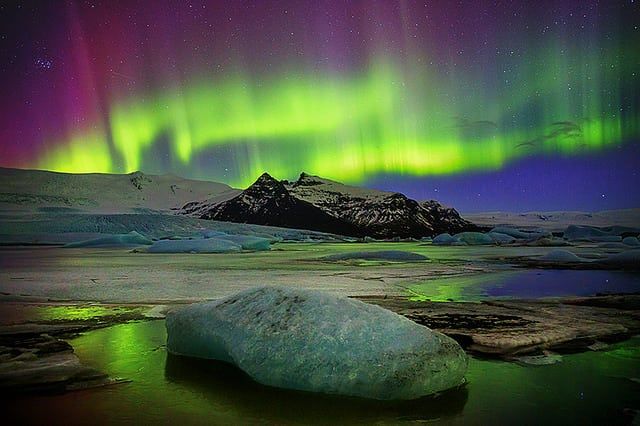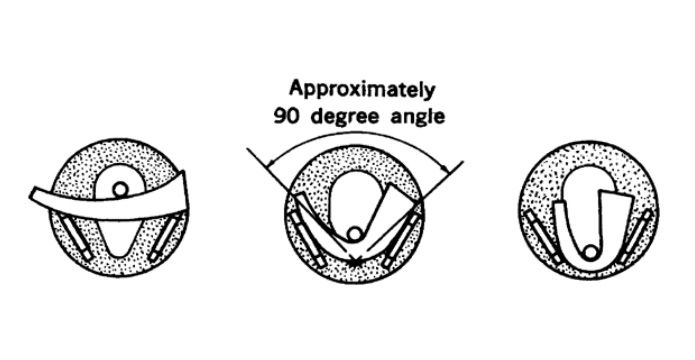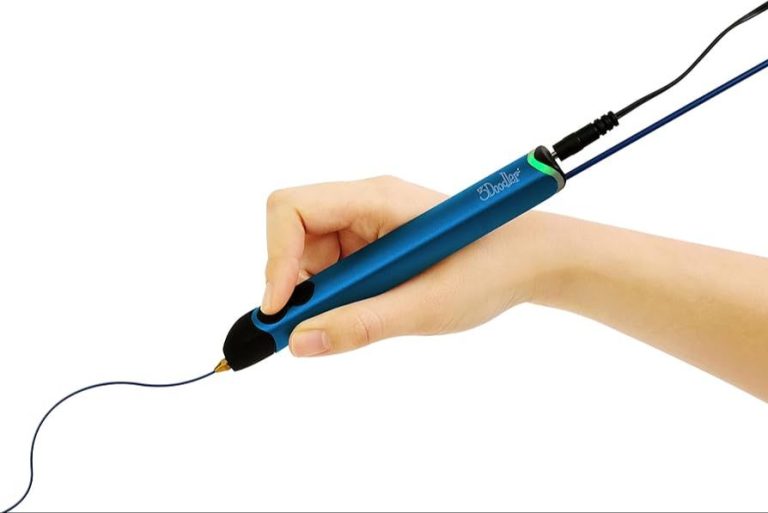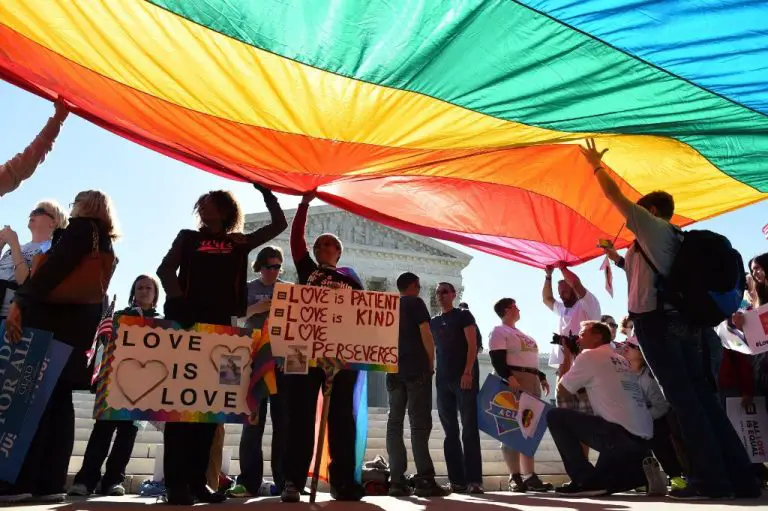Can You See Northern Lights In Seattle Area?
The northern lights, also known as the aurora borealis, are a dazzling natural light display that occurs in the sky of high latitude regions like Alaska, Canada, Iceland, Norway, Sweden, Finland, and Scotland. They are formed when charged particles from the sun interact with molecules in Earth’s upper atmosphere, causing them to light up in colors like green, pink, purple, red, yellow, and blue.
Seeing the northern lights is considered a magical, almost spiritual experience by many. The lights seem to dance and swirl across the night sky in constantly changing patterns. For people who grew up in northern latitudes, the aurora borealis holds a special nostalgia, reminding them of cold, clear nights from their childhood. For travelers visiting to see the lights, it’s often a once-in-a-lifetime bucket list item.
The northern lights are spectacular in their beauty, but also fleeting and unpredictable. This combination makes witnessing them feel like a precious gift. Their rarity increases the sense of awe and wonder when the lights suddenly burst into view on an otherwise ordinary night.
What Causes the Northern Lights
The northern lights, also known as the aurora borealis, are caused by collisions between gaseous particles in the Earth’s atmosphere and charged particles released from the Sun’s atmosphere. These collisions produce the colorful, dancing lights seen in the night sky.
The Sun constantly emits a stream of charged particles, known as solar wind, which travels at speeds of over 1 million mph. When these particles reach Earth, they interact with gases in the upper atmosphere, 60 to 200 miles above the Earth’s surface. Oxygen emits green and red light, while nitrogen glows blue and purple, producing the colors seen in the aurora.
The solar wind is always present, but is stronger during solar storms and coronal mass ejections on the Sun (Royal Museums Greenwich). These events send billions of tons of charged particles hurtling towards Earth, which collide with the gases in our atmosphere to create more intense, visible auroral displays.
The Earth’s magnetic field guides the solar particles towards the poles. As a result, the northern lights are mostly visible in high-latitude regions like Alaska, Canada, Iceland, Greenland, Norway, Sweden and Finland.
Best Times to See the Northern Lights
The best times to see the northern lights depend on a few key factors – namely solar activity and your latitude. Solar activity refers to disturbances on the Sun’s surface that send charged particles streaming toward Earth. These particles interact with gases in our atmosphere to create the dazzling auroral displays.
The 11-year solar cycle hits its maximum when solar activity is highest. During a solar maximum, northern lights can be visible further south than usual since more charged particles make it to Earth’s atmosphere. The last solar maximum was in 2014, so the next opportunity will be in 2025. For Seattle, a solar maximum offers the best chance to spot auroras overhead or near the northern horizon. According to Wendy Perrin, the most active months tend to be March and April.
Latitude also plays an important role – the further north you are, the better your chances since you are physically closer to the auroral oval. Fairbanks, Alaska and northern Canada consistently rank among the best places in North America. While Seattle is too far south for frequent brilliant displays, patient viewers may catch glimpses of the northern lights during an intense solar maximum.
Viewing the Northern Lights in Seattle
Seattle is located too far south to regularly view the northern lights, also known as the aurora borealis. However, during strong solar storms, the northern lights can sometimes be seen as far south as Seattle and other parts of Washington state.
According to Tips to view Aurora Borealis Northern Lights in Seattle, the northern lights have been visible several times in recent years around Seattle and the Puget Sound region. But sightings are still rare and viewing the lights requires patience and ideal conditions.
The best chances of glimpsing the northern lights in Seattle occur during the equinoxes in March and September. The earth’s magnetic field fluctuates during the equinoxes, which allows the solar particles to penetrate farther south. Checking online aurora forecasts and being prepared to head outside on short notice can increase the odds of catching the northern lights.
Increase Your Chances of Seeing the Northern Lights
Although the northern lights (or aurora borealis) can sometimes be spotted from the Seattle area, your chances of seeing this amazing natural phenomenon are greater if you head further north. According to the Seattle Waterfront, “The further north you can go and the higher your elevation, the better chance for clear viewing.”
The northern lights are generally visible in the night sky when solar activity causes geomagnetic storms. These interact with gases in Earth’s atmosphere to create the dancing multi-colored lights. To increase your chances of catching the northern lights on any given night, keep an eye on space weather forecasts. The University of Alaska Fairbanks provides short and long-term aurora forecasts to help you anticipate when aurora activity may occur in your area.
Plan to head outside during peak viewing hours, which are typically between 10pm and 3am when the sky is at its darkest. Seek out dark areas away from city lights for optimal viewing. Check forecasts regularly in the evenings leading up to your desired viewing date, and be ready to head outside at a moment’s notice when the predictions are favorable!
Ideal Viewing Conditions
The northern lights are caused by solar particles interacting with the Earth’s atmosphere, so ideal conditions for viewing them depend on having clear, dark skies. According to Hurtigruten Expeditions, “To see the Northern lights, the sky needs to be dark and clear of any clouds.” This is because clouds will block your view of the night sky where the aurora appears.
The phase of the moon also impacts viewing conditions. A new moon phase provides the darkest skies, creating prime conditions for spotting the northern lights. The moon’s brightness can diminish the visibility and vibrancy of the aurora during other moon phases. According to Wendy Perrin, “The darker the sky, the better, which means that a moonless night or one with just a sliver of a moon is best.”
Finally, viewing the northern lights requires patience. The aurora is ephemeral and shifting, often appearing faintly at first. Ideal conditions mean finding a comfortable spot with an unobstructed view of the northern sky, dressing warmly, and giving your eyes time to adjust to the darkness. The aurora’s appearance and intensity can change quickly, so be prepared to wait and watch for even faint glimmers.
Photographing the Northern Lights

Capturing the northern lights in photos requires some special techniques and equipment. Here are some tips for getting great shots of the aurora borealis:
Use a DSLR camera and a wide angle lens. A lens with a focal length between 10mm to 24mm works best to capture the expanse of the night sky. Set your camera to manual mode so you can adjust the exposure settings.
Use a high ISO, between 1600 to 6400. This will allow you to capture enough light from the dim aurora. Start with an ISO of 1600 and increase as needed. Use the largest aperture available, ideally f/2.8 or wider to let in more light.
Set your shutter speed to 1-25 seconds. The longer the exposure, the more light you will capture from the auroras. Start with 5 seconds and experiment based on brightness.1
Use a sturdy tripod to eliminate blur from camera shake during the long exposure. Use a remote trigger or timer to take the photo without touching the camera.
Manually focus your lens to infinity. Autofocus will not work in the dark. If you can locate the Big Dipper in the night sky, point the top of the “cup” upwards at the North Star to compose your shot.
Review your results, and adjust the settings as needed. Taking many test shots will help get the perfect capture of the northern lights.
Historical Sightings in Seattle
Seattle has experienced some remarkable northern lights displays over the years when conditions have aligned. According to the Aurora Courses report, notable sightings and geomagnetic storm events in the Seattle area include:
September 1889 – The “Great Auroral Exhibition” produced extraordinary northern lights visible as far south as Honolulu. Seattle Met described vivid red, green, and purple curtains in the sky.
May 1921 – A great aurora storm created northern lights reaching as far south as San Diego and Cuba. Early accounts describe the Seattle sky as “ablaze with light.”
November 1948 – A moderate geomagnetic storm produced green arcs and bands of light dancing across the Seattle night sky.
March 1989 – A very intense geomagnetic storm generated northern lights visible across Washington state. The Seattle Times reported sightings across the Puget Sound region.
November 2001 – A superstorm produced a remarkable aurora reached down to Seattle and Portland with glowing red and green hues lighting up the sky.
October 2003 – An extreme geomagnetic storm created dazzling northern lights displays seen across the Pacific Northwest, including confirmed sightings around Seattle.
Tours and Guided Viewing
One of the best ways to see the northern lights in the Seattle area is to join a guided tour or package. These tours are led by experienced guides who know the best locations and timing to spot the aurora. Some top guided viewing options in the Pacific Northwest include:
Alaska Tour & Travel offers a 3-day Aurora Borealis Viewing Adventure from Seattle to Fairbanks, Alaska. This tour brings you to prime aurora viewing areas away from city lights with ample opportunities to see the northern lights dance across the night sky.
The Seattle Space Needle offers a Northern Lights Discovery Package that includes a guided van tour to darker areas outside the city, photography tips, hot beverages, and observation deck passes. This 4-hour evening excursion departs during ideal aurora viewing times.
Mount Bachelor in Bend, Oregon provides the Aurora Discovery Tour, a 2.5 hour guided experience to the mountain’s dark summit via snowcat. With panoramic views, this is a prime and accessible spot for potential northern lights sightings.
Conclusion
In summary, seeing the northern lights from Seattle is rare but possible with some effort. The northern lights are an elusive natural wonder that create awe and excitement when viewed. Though Seattle is too far south for frequent sightings, during periods of increased solar activity and clear weather conditions, catching a glimpse of the aurora borealis is achievable. With proper timing, an ideal viewing location away from light pollution, and a dose of luck, witnessing the dancing lights of the aurora from Seattle can be a magical experience. Though not a guarantee, for dedicated aurora chasers the potential reward makes the effort worthwhile.





